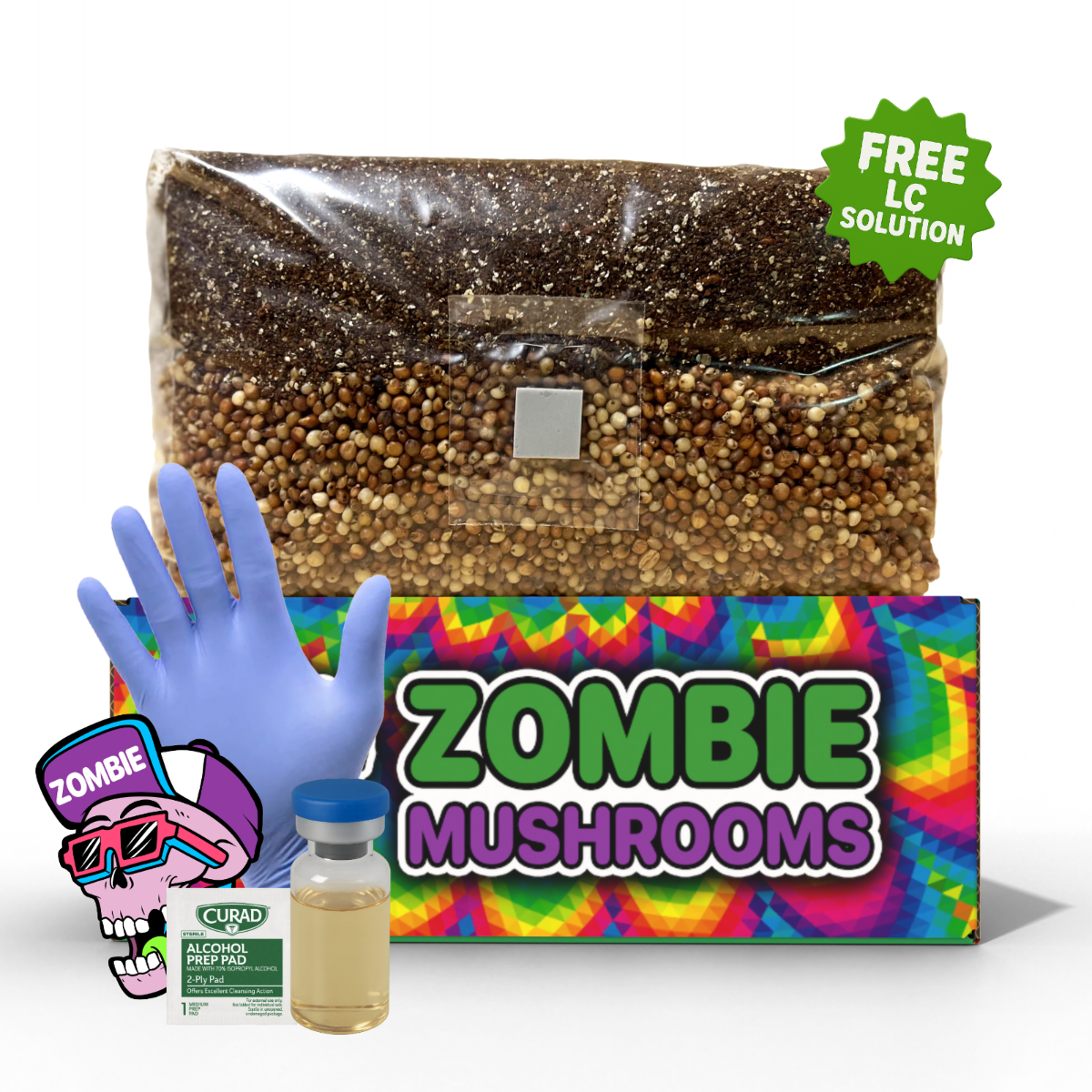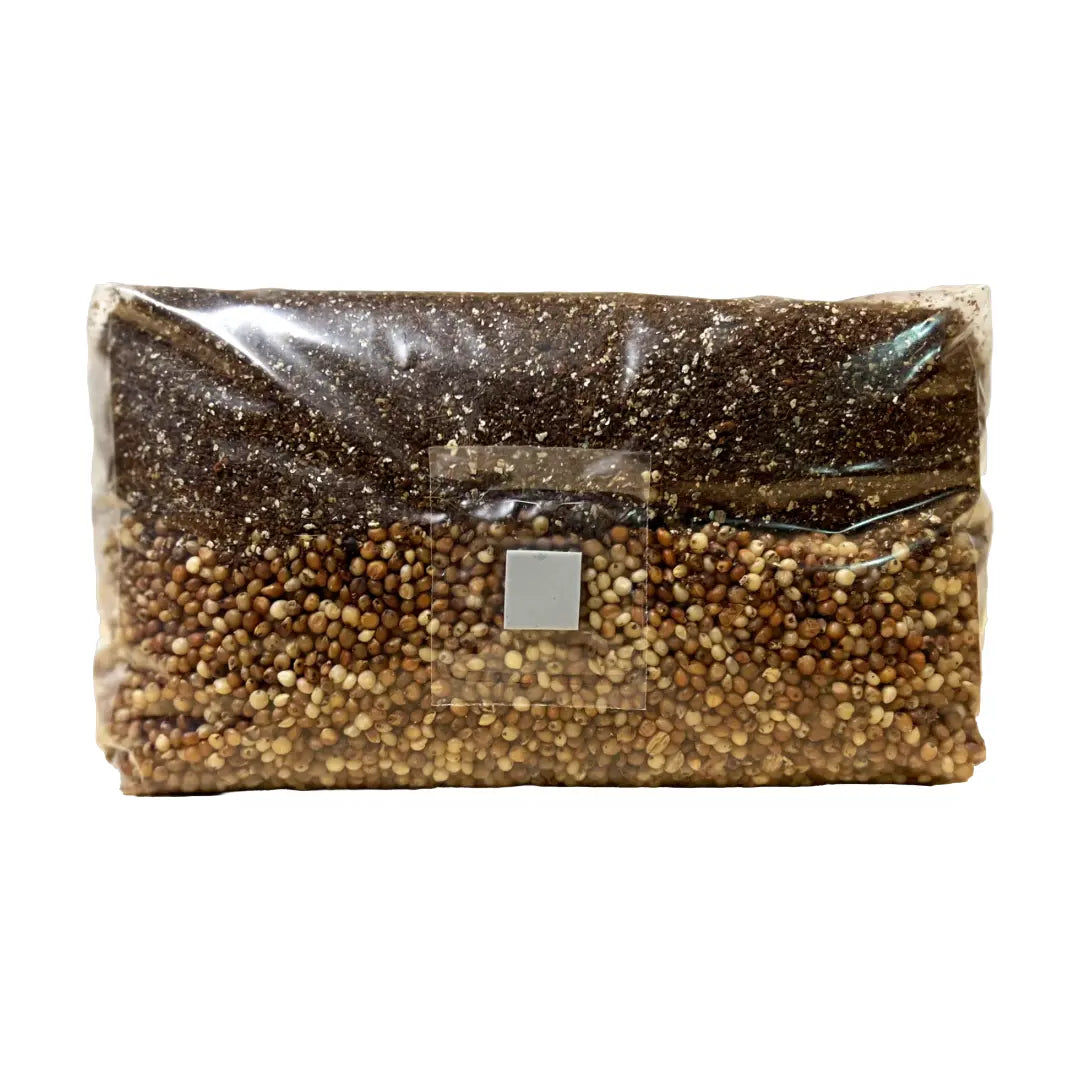- Jack-o’-lantern mushrooms, often confused with chanterelles, are poisonous and emit a faint glow in darkness.
- Chanterelles aid forest ecosystems by forming mycorrhizal connections with living trees.
- Never use plastic bags for gathering—chanterelles can spoil rapidly without air circulation.
- Preparing chanterelles with few ingredients highlights their rich, earthy-fruity taste.
- Practices for gathering that are sustainable will assist in ensuring mushroom patches reappear in coming seasons.
Chanterelle mushrooms are highly valued by chefs and foragers because of their fruity aroma, savory depth, and striking golden color. However, the thrill of discovering chanterelles in nature also comes with the need for correct identification, ethical harvesting, and safe cooking. For those who’d rather not rely on chance finds in the forest, tools like a mushroom monotub kit can provide a controlled environment to experiment with cultivation at home. Whether you are just beginning to hunt for mushrooms or wanting to improve your skills, this guide looks at all you must understand regarding how to gather chanterelles safely, prepare chanterelle mushrooms in delicious ways, and protect the environments where they develop.

Chanterelle Mushroom Species Overview
The term "chanterelle" applies to several species within the Cantharellus genus, and many of these are located throughout the temperate forests of North America, Europe, and Asia. Despite minor variations in look or habitat, all chanterelles have similar core characteristics and culinary worth.
Common Chanterelle Species
- Cantharellus cibarius: The typical European chanterelle, identified by its yellow-gold color and a nice, apricot-like fragrance. Often discovered near beech and birch trees.
- Cantharellus formosus: Common in Western North America, especially the Pacific Northwest, this species has a rich orange-gold color and prospers in Douglas-fir forests.
- Cantharellus lateritius: Known as the "smooth chanterelle," this Eastern North American species has smoother ridges instead of defined gills and a subtle, fruity smell.
Characteristics of Chanterelle Mushrooms
All chanterelles share some defining physical and aromatic traits
- Funnel or trumpet shape
- Forked, wrinkly false gills under the cap
- Solid, meaty texture
- Colors from egg-yolk yellow to deep orange
- Scent similar to dried apricots or peaches
Understanding these traits is key in learning how to gather chanterelles without mixing them up with hazardous look-alikes.

How to Identify Chanterelle Mushrooms
Correct identification is vital—mistaking a poisonous mushroom for one that is edible can result in serious health issues. Here is a breakdown of dependable identification tips to assist you in spotting real chanterelles
Top Identification Features
- False Gills: Look carefully at the underside of the cap. Chanterelles do not possess true gills but instead shallow, forked ridges that gently go down the stem and are not easily detached.
- Color and Shape: Depending on the species, chanterelles range from bright yellow to deep gold with a vase or trumpet-like shape. The cap edges might be wavy or uneven.
- Aromatic Signature: A noticeable fruity smell, often compared to apricots or peaches, is a helpful sensory indicator.
- Scattered Growth: Chanterelles develop individually or sparsely across the forest floor rather than in dense, grouped bunches.
- Spore Print Color: Collect a spore print by positioning the cap gills-down on white paper overnight. A pale yellow to light cream print confirms a chanterelle.
If any of these traits appear incorrect or inconsistent, further identification is strongly advised before consumption.

Dangerous Look-Alikes: What to Avoid
One of the most important parts of foraging involves understanding what NOT to pick. Two main chanterelle mimics present possible risks to beginner foragers.
False Chanterelle (Hygrophoropsis aurantiaca)
While somewhat alike at first sight, this species has subtle but identifiable differences:
- Gills: True gills—thin, close together, and easily detached from the cap.
- Texture: Thinner and more delicate than real chanterelles.
- Color: Usually a brighter or more orange color than edible chanterelles.
Though some consider them slightly edible, false chanterelles can cause stomach upset and are best avoided.
Jack-o’-Lantern Mushroom (Omphalotus illudens)
Easily the most hazardous look-alike, the jack-o'-lantern is absolutely poisonous:
- Glow-in-the-dark: Shows weak bioluminescence in the gills—a warning sign.
- Growth Pattern: Develops in dense groups, often from wood or hidden roots.
- Gills: True, non-forked gills that are sharp, deep, and do not run down the stem.
Eating jack-o’-lanterns may lead to intense nausea, vomiting, and other symptoms. When uncertain—leave it.
 Habitat and Distribution
Habitat and Distribution
Chanterelle mushrooms are very reliant on specific tree species and environmental conditions due to their mycorrhizal nature.
Ecosystem Preferences
- Tree Companions: Chanterelles commonly grow in connection with hardwood trees like oak, birch, beech, and sometimes conifers like Douglas-fir or pine.
- Soil Type: Well-drained, mossy, acidic soil is best. Areas with leaf litter and decaying organic matter are typical habitats.
Regional Availability
- Pacific Northwest: Cantharellus formosus is dominant in coastal forests from British Columbia to Oregon and California.
- Eastern U.S.: Cantharellus cibarius and lateritius are located in the Appalachian range, the Ozarks, and hardwood forests of New England.
- Europe: Common across Scandinavian countries, France, and Germany during summer and autumn.
Seasonal Timing
- Peak Season: Late June to early October, depending on rainfall and regional environment.
- Watch for a surge of mushrooms around 3–5 days after heavy rain followed by warm temperatures.

How to Forage for Chanterelle Mushrooms
Successful and sustainable foraging needs preparation, awareness, and ethical actions.
What to Bring on a Foraging Trip
- Mushroom field guide or ID app: A necessary tool, ideally specific to your region.
- Basket or mesh bag: Prevents moisture buildup; helps spore dispersal.
- Knife or scissors: Makes clean cuts to prevent harming the patch.
- Wax paper or paper bags: For sorting different species if you gather multiple kinds.
- Notebook: Write down habitat details—soil type, tree species, moisture—for later use.
Safety Reminders
- Do not forage near roadsides, industrial zones, or chemically treated land.
- Always double-check your ID using multiple characteristics—never just color.
- Leave mushrooms you are unsure about, and think about joining a local mycology group for guided trips.

Sustainable Harvesting Techniques
Responsible foraging makes certain that mushrooms, including chanterelles, continue to support ecosystems and kitchen tables for years ahead.
Ethical Practices for Mushroom Harvesting
- Harvest gently: Cutting the mushroom at the base with a knife is better than pulling, which can harm root systems.
- Avoid over-picking: Take only what you will use. A good guideline is to leave 50% or more of the mushrooms untouched.
- Leave young mushrooms: Immature specimens have not yet dropped their spores—allow them to grow and reproduce.
- Field Clean: Brushing off dirt and debris while still in the forest reduces spoilage and prevents spreading contaminants.
Chanterelle patches grow in the same spot year after year. Treating them with care means you can return for future harvests.

Cleaning and Preparing Chanterelles
Wild forage needs more care than store-bought ingredients. Chanterelles are naturally clean but might have dirt stuck in crevices.
Cleaning Method
- Use a soft brush or toothbrush to gently remove dirt, needles, and insects.
- Avoid soaking them. Chanterelles absorb water quickly, which changes their texture and taste.
- For hard to remove dirt, a quick rinse followed by thorough drying on a clean kitchen towel works best.
- Trim the stem ends to remove debris or woody parts.

How to Cook Chanterelle Mushrooms
The complete taste of chanterelles comes out best with little handling and simple ingredients.
Cooking Techniques
- Dry sauté: First cook them in a hot pan without oil to remove extra moisture, then add fat and seasoning.
- Butter and aromatics: Pair with shallots, garlic, or leeks and cook in butter or olive oil.
- Deglaze: Use white wine, chicken stock, or vegetable broth to lift caramelized tastes from the pan.
Recipe Ideas
- Chanterelle Risotto: Mix finely chopped chanterelles into arborio rice, and finish with Parmesan and fresh thyme.
- Wild Mushroom Pasta: Mix sautéed chanterelles with cream, tarragon, and pappardelle.
- Savory Tartlets: Use puff pastry, goat cheese, and chanterelles for a savory appetizer.
- Charred on Toast: Saute with olive oil, serve on grilled sourdough with poached egg or ricotta.
Their naturally meaty texture and complex flavor profile make chanterelles very versatile across cuisines.

How to Store Chanterelles
Fresh chanterelles are fragile. Store properly to prevent waste and keep quality.
Short-Term Storage
- Refrigeration: Place in a paper bag in the produce drawer of your fridge; keeps for up to 10 days.
- Avoid Plastics: Plastic bags cause sweating and spoilage.
Long-Term Storage
- Freezing: Lightly sauté before freezing; raw freezing damages texture and lessens taste.
- Drying: Use a dehydrator on low settings or string them in a dry, warm spot. Store dried mushrooms in airtight containers in a cool, dark place. Rehydrate with hot water or broth.

Chanterelles in Culture and Cuisine
From simple forest meals to Michelin-starred menus, chanterelles have long been admired:
- France: Known as "girolles," these mushrooms are key to traditional dishes and high-level cooking as well.
- Germany and Poland: Used in creamy sauces, potato dumpling dishes, and hearty stews.
- Nordic countries: Seasonal foraging customs value chanterelles as part of summer and fall meals.
- North America: A staple in farmers markets and fine-dining menus, especially in the Pacific and Appalachian regions.
Foraging and enjoying chanterelles celebrates both biodiversity and cuisine.

Forest Ecology and Chanterelle Mushrooms
As a mycorrhizal fungus, chanterelles are more than just food—they are part of a connected relationship within forests.
Ecological Functions
- Nutrient Sharing: They assist trees to take in water and essential minerals, especially phosphorus and nitrogen.
- Soil Stability: The underground network (mycelium) connects soil particles together, helping in water retention and preventing erosion.
- Biodiversity Support: These fungi indirectly support wildlife and other plants by keeping tree health.
Foragers have a part in protecting these ecosystems by treading lightly and leaving habitats untouched.
 Similar Edible Mushrooms
Similar Edible Mushrooms
As your confidence and knowledge increase, broaden your horizons to include these wild edibles:
- Hedgehog mushrooms (Hydnum repandum): Easily identified by their tooth-like projections underneath; nutty, sweet taste.
- Black trumpets (Craterellus cornucopioides): Difficult to spot due to dark color and ground camouflage, but with a rich, smoky taste.
- Lobster mushrooms: Bright orange, crustacean-scented fungus that is actually a parasitized Russula or Lactarius species with curry-like taste.
Use the same caution, observation, and ethical method when branching out.
Final Thoughts on Chanterelle Foraging Safety
Chanterelle mushrooms provide a sensory pleasure and a deeper link to the natural world. But foraging comes with responsibilities—both to your health and the ecosystem. Take time to learn, go with experienced guides, use field tests intelligently, and never eat a mushroom you are not completely sure about. When harvested and prepared correctly, chanterelles are not just safe—they are an unforgettable culinary prize.
Helpful Resources & Zombie Mushrooms Tie-In
Still uncertain about heading into the woods? Learn at home first. Zombie Mushrooms provides expertly created beginner-friendly grow kits that make it simple to grow gourmet mushrooms indoors. From oyster mushrooms to lion’s mane, you can study fungal biology and build your ID skills without leaving your kitchen. Visit our blog for tips on mushroom growing, seasonal ID guides, and sustainable cooking with foraged fungi.
Citations
- Marley, G. (2010). Hunt Gather Cook: Finding the Forgotten Feast. Little, Brown and Company.
- Arora, D. (2008). Mushrooms Demystified. Ten Speed Press.
- Lincoff, G. H. (2010). The Complete Mushroom Hunter. Quarry Books.
- Truong, C., Mujic, A. B., Healy, R., Smith, M. E., & Kennedy, P. G. (2017). How to know the chanterelles: A clade-based method for identifying Cantharellus species from Western North America. Mycologia, 109(2), 339–357.
- North American Mycological Association. (n.d.). False Chanterelles vs. Chanterelles: Identification & Risks. Retrieved from https://www.namyco.org/



